Azerbaijan (Azərbaycan) – I only visited Baku
Main things to see: 21st century architecture, Old City, day trips natural and ancient sites
Baku is the capital and largest city in Azerbaijan with a population of about 2.4 million. It’s on a peninsula jutting out into the Caspian Sea, and the Old City and newer parts face the sea. There were many futuristic-looking buildings built within the past decade, and on the overall, many parts of the city are very new or if they are not newly-built, they would have been modernised. The old city is well-preserved and is quite touristy, and is one of the main attractions. Baku is already quite touristy, although less so than Tbilisi.
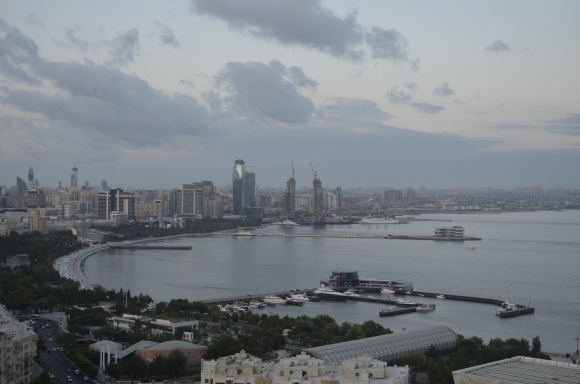
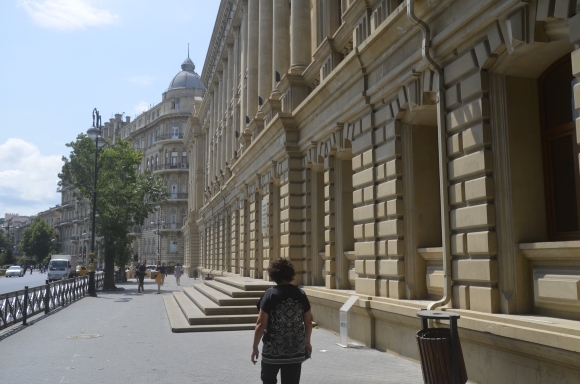
However, the cityscape changes quite quickly after you leave the city centre. Similar to many other suburbs/microdistricts in cities in the former Soviet Union, there are many medium-to-high rise apartment buildings. I took the Metro to the microdistrict of Neftçilәr to get a feel of it. Also, once you leave Baku city, the cityscape transforms into one/two-storey houses, oil refineries and factories (both new and old) and gentle hills with only grasses and shrubs – this is because Baku lies in the temperate semi-arid zone, and very few trees grow. While Baku has many leafy trees lining its streets, my walking tour guide told us they’re all imported.
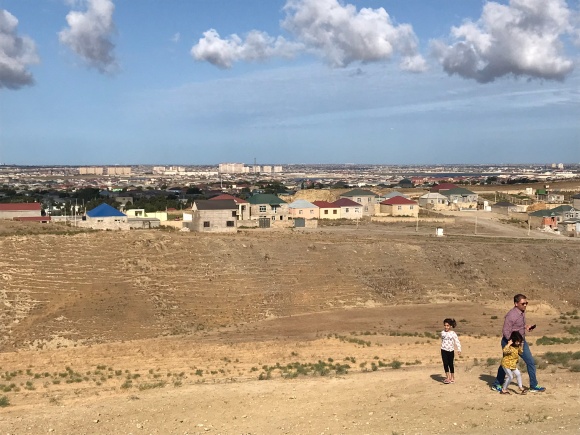
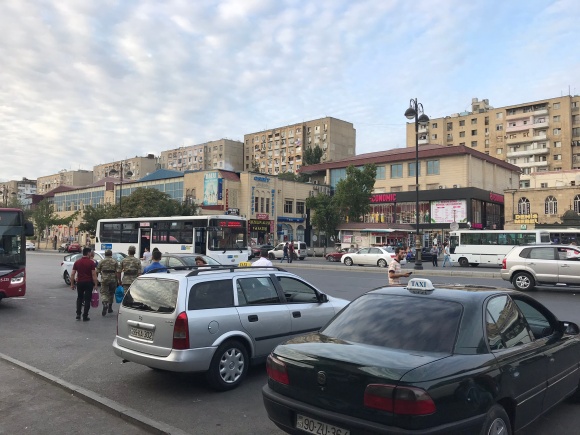
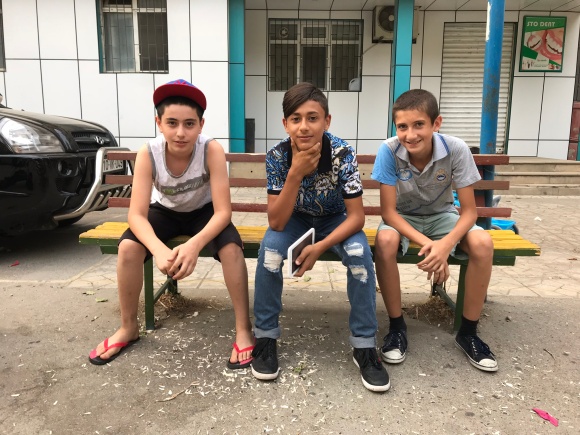
How I got to Baku and then from there to Tbilisi, Georgia
Singapore to Dubai on Emirates, and Dubai to Baku via flydubai
Overnight train from Baku to Tbilisi
Georgia (საქართველო; Sakartvelo)
Generally, mountains, wine, Georgian cuisine, cathedrals, monasteries and Socialist Modernist architecture. Being interested in the semi-abandoned buildings in Tskaltubo and the rusty cable cars of Chiatura, I visited them as well, but for the general tourist, the main cities would be Tbilisi and Batumi. On the overall, Georgia has a lot to offer and its different regions vary widely in terms of what they offer.
Many travel blogs and magazines describe Georgia as an up-and-coming tourist destination in 2017/18, but what I saw in (especially in Tbilisi) is that is already a very touristy place, with many tourists mainly from Western Europe, North America and nearby countries (mainly Russia, Turkey, Iran and the Middle East), many tour operators and many hostels.
Tbilisi
Main things to see: Old Town, cathedrals, Soviet-era architecture, Georgian food and wine
If you only have time for one city in Georgia, it must be Tbilisi. With 1.5 million people, it’s the largest and the capital city of Georgia. The touristy areas are mainly around Liberty Square (accessible by Metro) and the adjacent Old Town, developed on hills. Like most of the region, Tbilisi is hilly, and much of its urban areas are in the valleys and along the rivers. Outside the touristy areas, Tbilisi consists of many residential microdistricts with medium-to-high rise apartment blocks, some of which are quite unique and worth visiting if you’re into such architecture (like how I am).

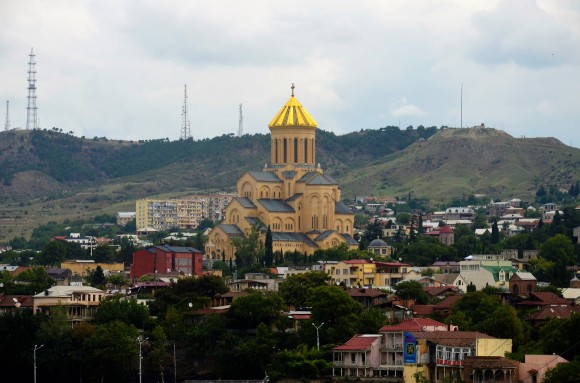

When I visited in mid-August, the peak season for tourism, I stayed in Fabrika hostel in Tbilisi, which is highly raved about by travel magazines and bloggers, and I agreed and thought that it was one of the best hostels I’ve ever stayed in. However, in my 3-bed dorm room, I was the only guest (although I heard the larger dorm rooms which were cheaper were more filled up). One downside about Fabrika is that it’s not near the old town, but I also heard from my new friends and fellow travellers from Argentina that their hostel near the old town was very empty too. Surely, it’s a sample size of two hostels, but I’m not sure if that’s a sign that there’s already an oversupply of hostels in Georgia despite the burgeoning tourist numbers?

Kazbegi Municipality
Main attractions: climbing Mt Kazbek, the journey from Tbilisi to the town of Stepantsminda along the scenic Georgian Military Highway
Kazbegi contains one of the mountain ranges of Georgia, and those who are interested can hike there for days, although I only went to Kazbegi on a day trip with Envoy Tours from Tbilisi because hiking isn’t my main interest – I’m more into cities.
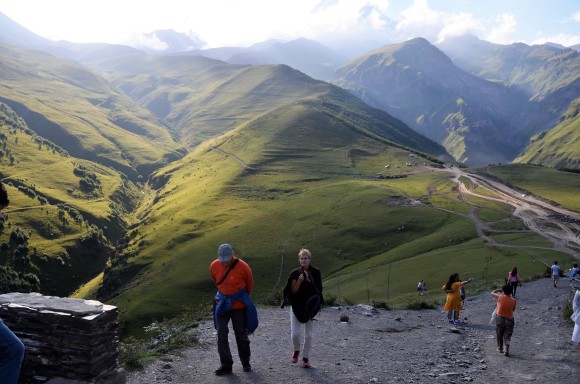
Gori
Since it’s Stalin’s hometown, main attractions are the Stalin Museum and History Museum
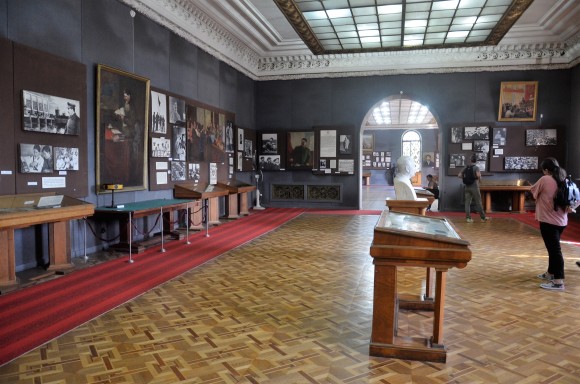
How to get there: shared taxi from Tbilisi’s Didube bus station (next to Didube metro station) for 5 GEL / SGD 2.61 / EUR 1,65. About 1 hr 15 mins. Basically shared taxis depart from the bus station when there are 4 passengers on the taxi, and there are no fixed schedules. I waited for about half an hour for the taxi to be filled up at about 2pm on a Friday.
Kutaisi
With about 150,000 people, Kutaisi is Georgia’s 3rd largest city. I’m not sure if I visited the wrong places or missed out on the nicer parts of Kutaisi, but I generally didn’t think Kutaisi was very interesting. The town centre was nothing out of the ordinary, and there were generally very few tourists even when I was there in summer. However, Kutaisi was the perfect gateway to 2 other towns which would be too small to warrant overnight stays. It’s only a 15-minute minibus (marshrutka) ride to Tskaltubo, and about 1 hour and 15 minutes to Chiatura.

How I got there: From Gori, there are no marshrutki (minibuses) to Kutaisi. I went to the bus station in Gori and told one of the taxi drivers that I was heading to Kutaisi, and he quoted me GEL 80 / SGD 45 / EUR 27,50 for the 2.5 hr / 150km ride, which was very reasonable. According to the tourist info centre, it should cost GEL 120.
The other alternatives would be (1) to take a taxi from Gori to a bus stop along the highway, and then stand at the bus stop and attentively wait for minibuses to Kutaisi to pass by, and then flag them (note that the destinations on minibuses are written only in Georgian script – ქუთაისი, and I wouldn’t have been able to recognise that easily). Luckily I didn’t do that, because many of the minibuses passing by at 100km/h would have been full anyway and I wouldn’t know how long it would take for me to get on one.
OR
(2) go on a detour: take a minibus eastwards back to Tbilisi (Didube bus station), and then take another minibus westwards to Kutaisi on the same highway
Tskaltubo
With its many sanitoria and spas, Tskaltubo was a top travel destination during the Soviet era, but many of these were abandoned after the fall of the Soviet Union, leaving these grand buildings in half-decay. A few spas are still functioning though.


How I got there: Marshrutka (minibus) from Kutaisi for about 15 min. Can’t remember how much it cost, but it’s quite cheap.
Chiatura
Chiatura was a major mining town that developed on valleys, and in the 1950s, an extensive cable car system was built to bring residents up and down the valley between the mines and their homes. The mining industry has declined, and most of the cable car systems have been dismantled, but 2 cable car routes were still functioning as of Aug 2018. A new cable car system is also under construction.
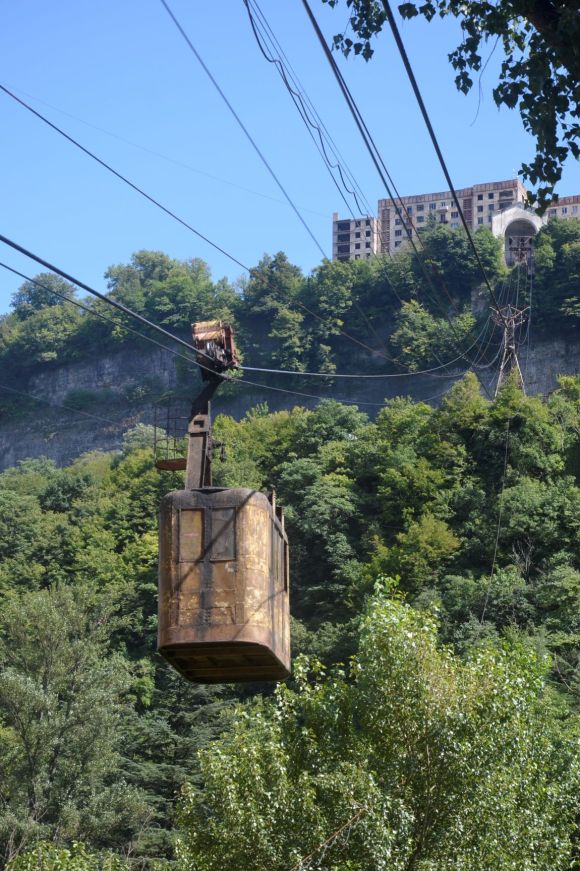
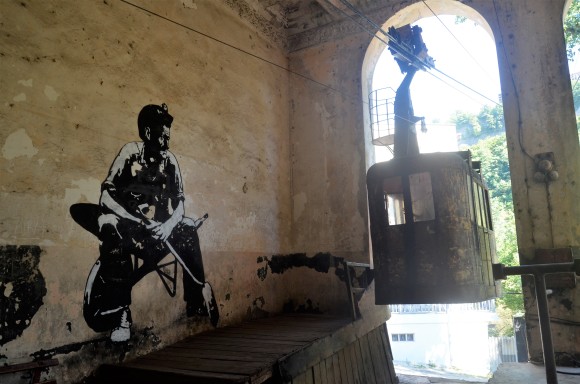
How I got there: Marshrutka (minibus) from Kutaisi for about 1 hr 15 min. Can’t remember how much it cost, but it’s quite cheap.
Batumi
Georgia’s 2nd largest city, Batumi is a very popular seaside destination on the Black Sea. It features a very long seaside promenade and beach (it’s made up of black pebbles instead of fine sand). Here, 21st-century skyscrapers stand next to Soviet-era apartment blocks and classical buildings. In summer it exudes a very relaxed and touristy atmosphere.

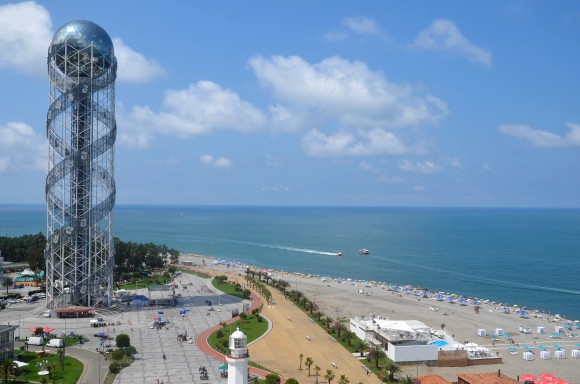


How I got there: Marshrutka (minibus) from Kutaisi for about 2 hr 30 min.
From Batumi I boarded an overnight train to Armenia. It would eventually reach Yerevan, but to the surprise of the family in the same train cabin, I got off at the 2nd largest city of Gyumri (at a chilly 15 deg C “summer” morning at 4.20am), which they described as a “big village”. The mother, who is a doctor at a public hospital, asked me “why would I visit Gyumri?!”. More on Gyumri, Yerevan and the rest of Armenia in my next post!

